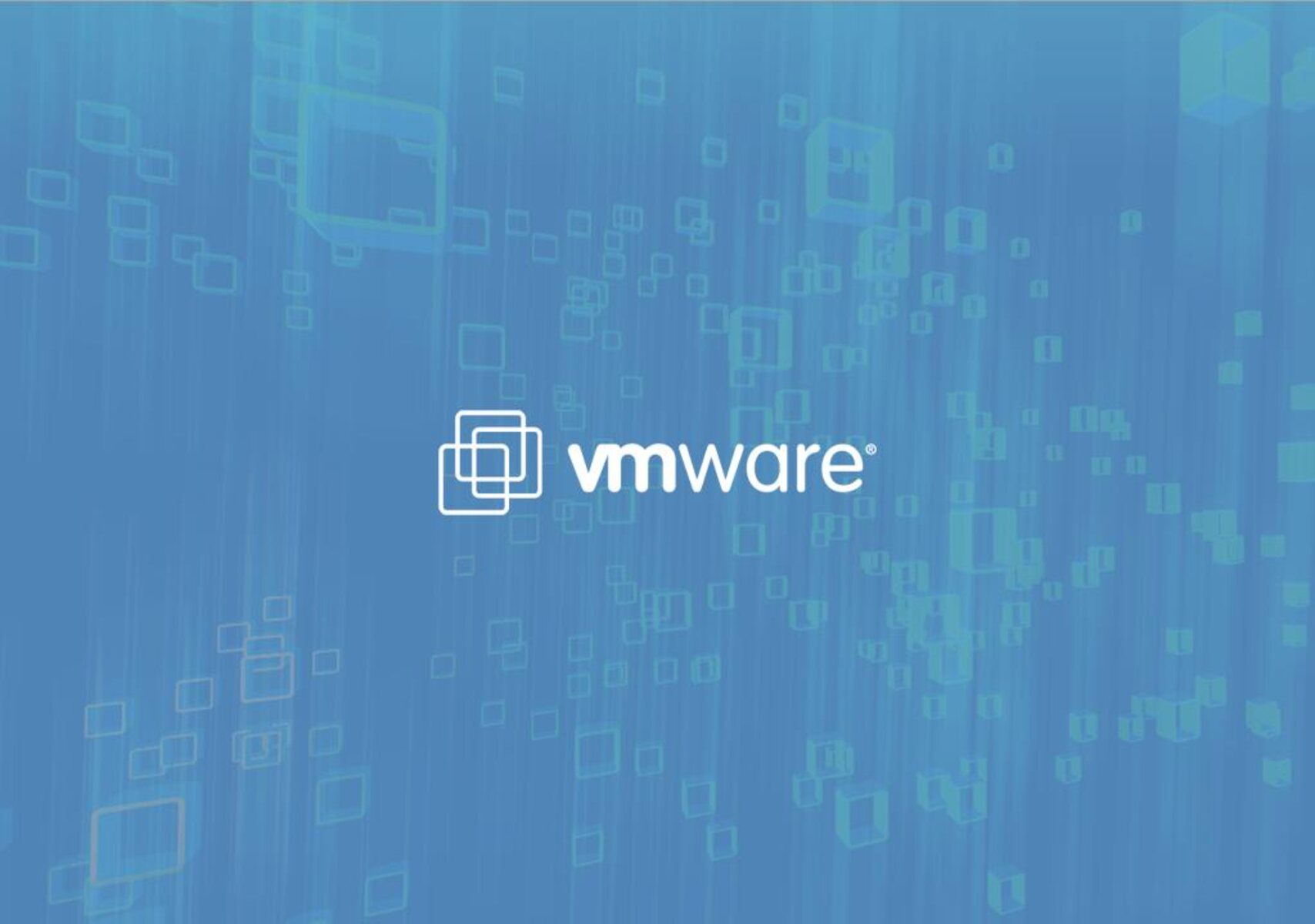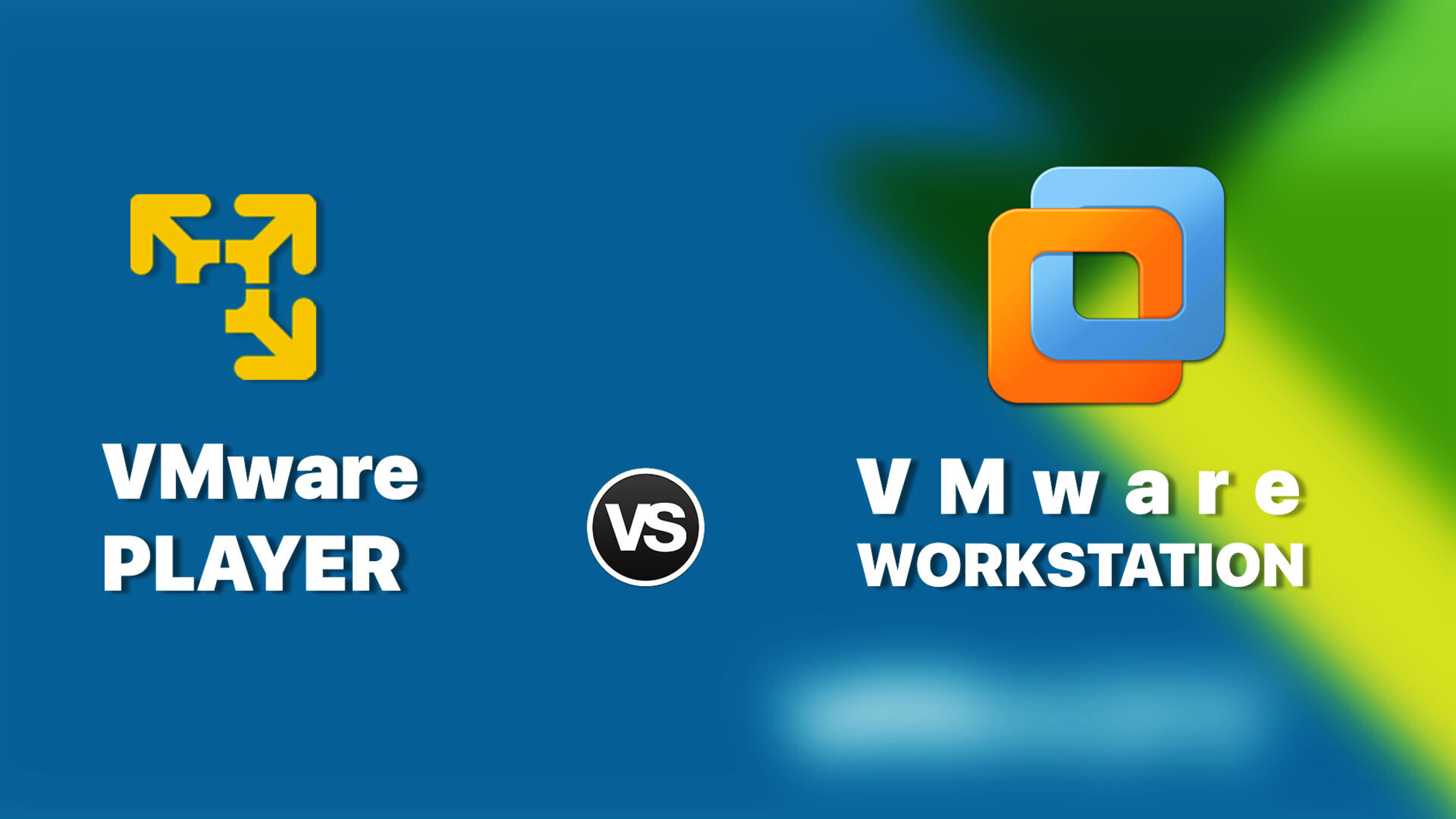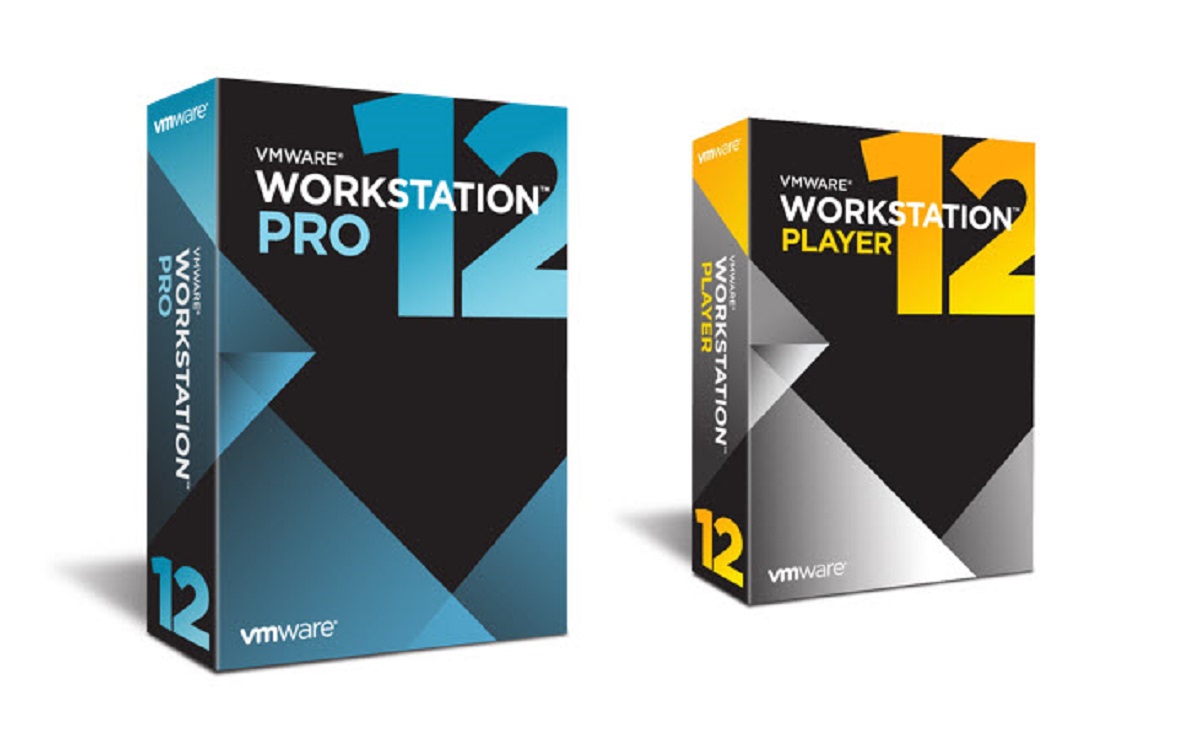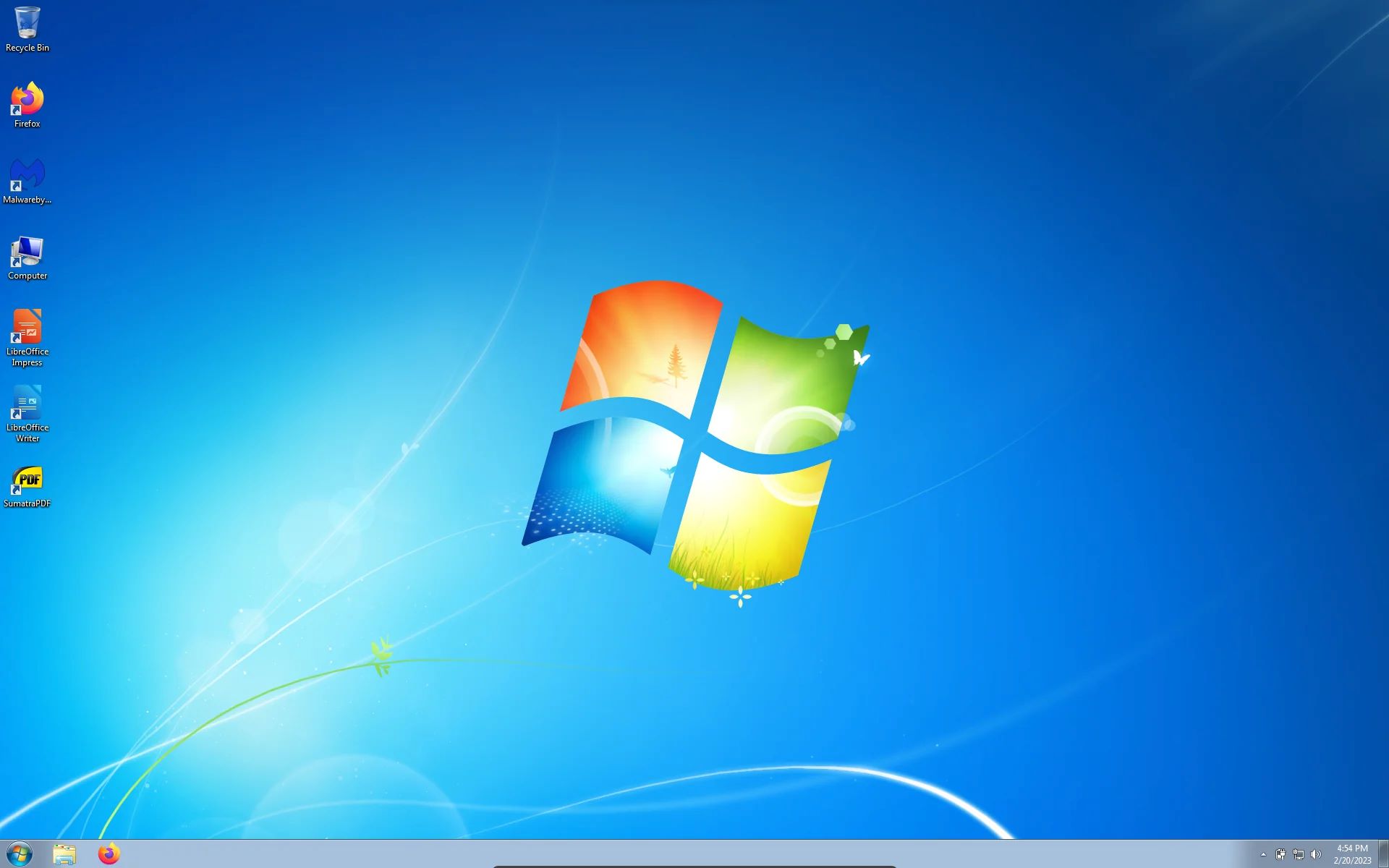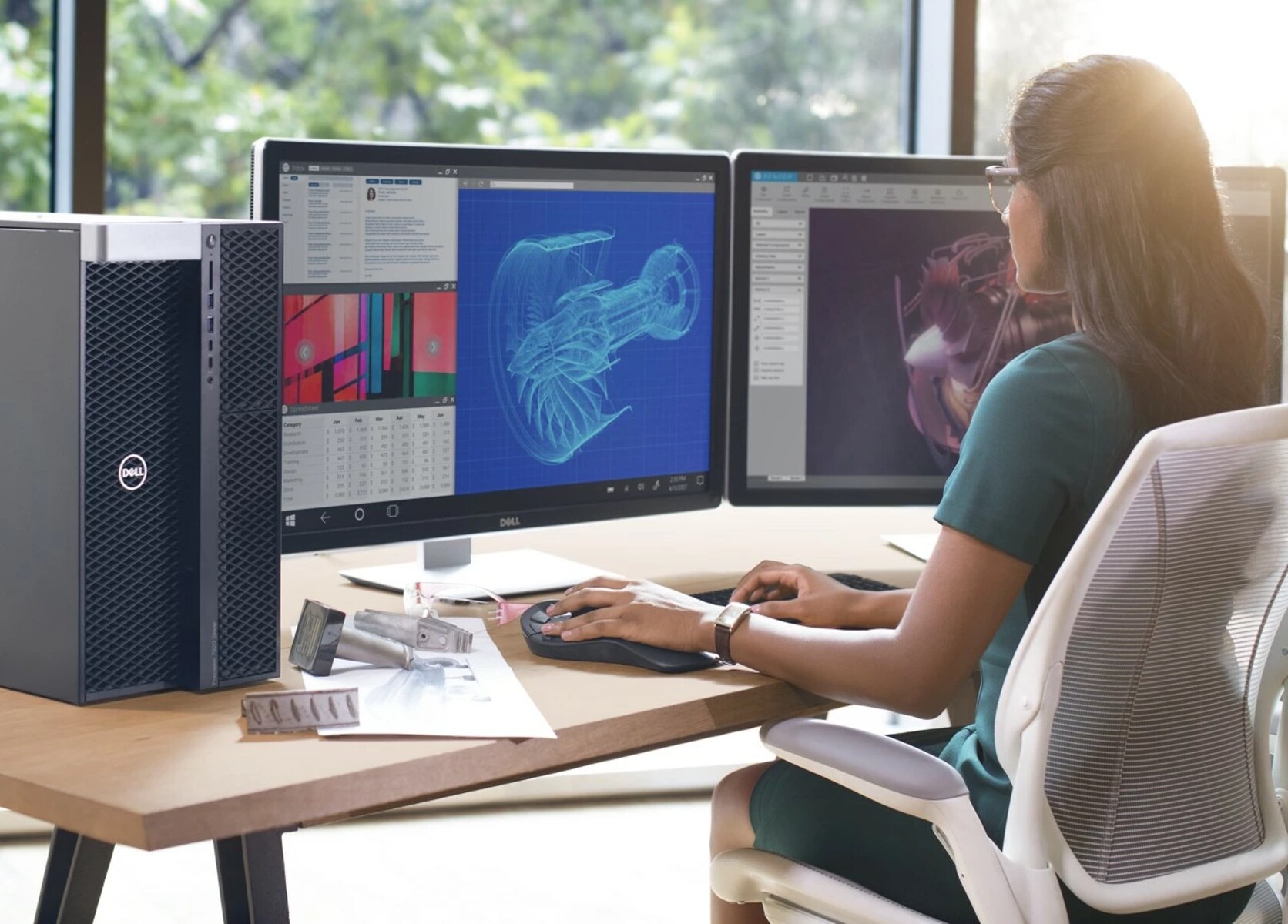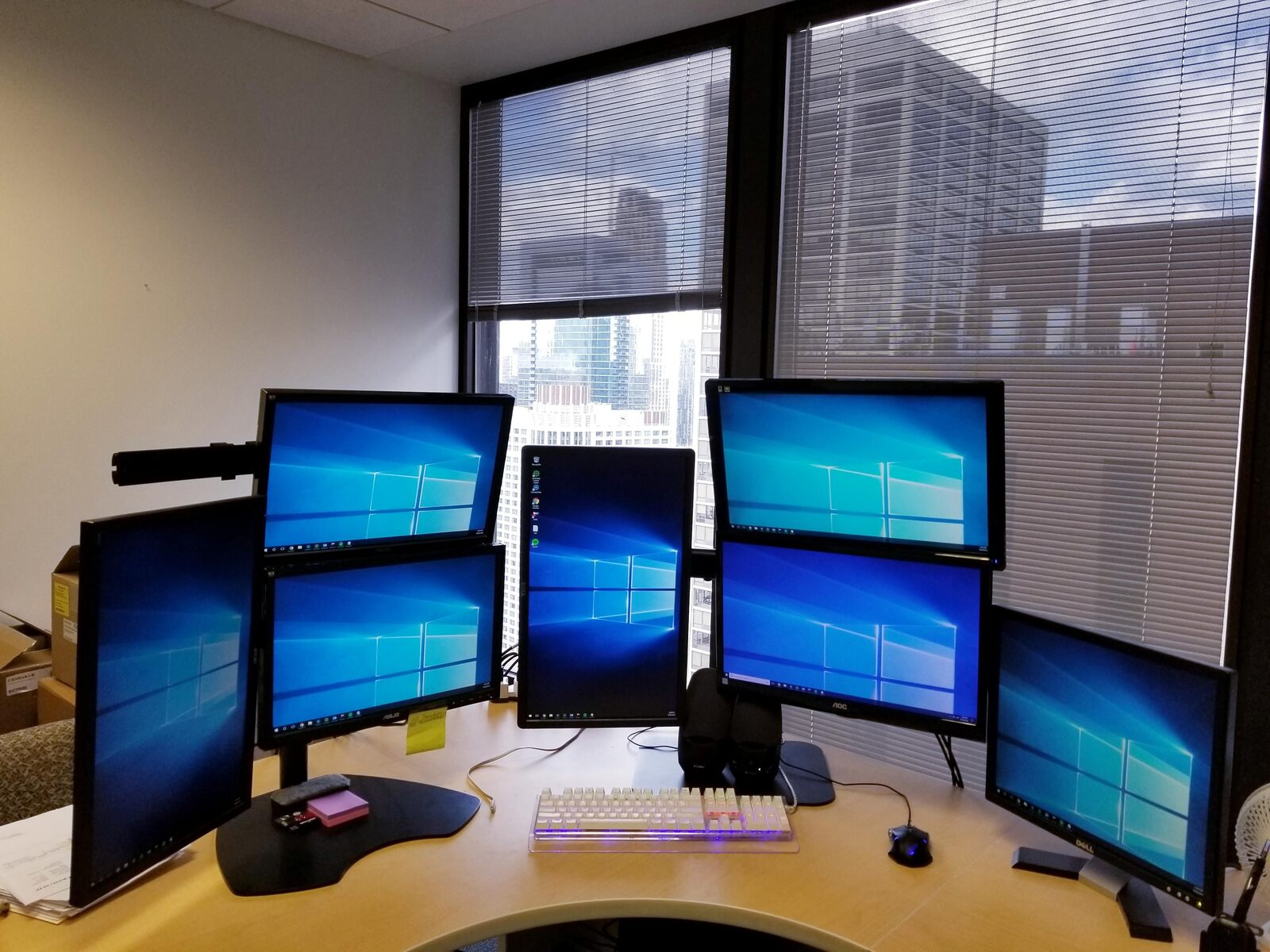Introduction
Are you looking to duplicate a virtual machine in VMware Workstation? Having a duplicate VM can be useful for a variety of reasons, such as testing software updates, creating backups, or setting up a sandbox environment.
Duplicating a virtual machine allows you to create an exact copy, including all the settings, configurations, and installed applications. This saves you time and effort, as you won’t need to go through the entire installation process again.
In this guide, we will walk you through the step-by-step process of duplicating a virtual machine in VMware Workstation. Whether you’re a beginner or an experienced user, this guide will help you create an identical copy of your virtual machine with ease.
Before we dive into the steps, make sure you have VMware Workstation installed on your computer. Also, ensure that you have enough disk space available to accommodate the duplicated virtual machine files.
So, let’s get started and learn how to duplicate a virtual machine in VMware Workstation.
Prerequisites
Before duplicating a virtual machine in VMware Workstation, ensure that you meet the following prerequisites:
- Have VMware Workstation installed: Make sure you have VMware Workstation installed on your computer. If you don’t have it yet, you can download and install it from the official VMware website.
- Enough disk space: Check if you have enough free disk space to accommodate the duplicated virtual machine files. The exact size will vary depending on the size of your original virtual machine, so ensure that you have sufficient space.
- Administrative privileges: Ensure that you have administrative privileges on your computer. This will allow you to perform the necessary tasks for duplicating the virtual machine.
- Knowledge of VMware Workstation: Familiarize yourself with the basic operations and functions of VMware Workstation. This will make it easier for you to navigate through the interface and understand the steps involved in duplicating a virtual machine.
Once you have confirmed that you meet these prerequisites, you can proceed to the next section to learn how to duplicate a virtual machine in VMware Workstation.
Step 1: Select the Virtual Machine to Duplicate
The first step in duplicating a virtual machine in VMware Workstation is to select the virtual machine that you want to duplicate.
Here’s how you can do it:
- Launch VMware Workstation: Open VMware Workstation on your computer.
- Select the virtual machine: From the list of virtual machines displayed in the VMware Workstation interface, choose the virtual machine that you want to duplicate. Click on it to select it.
- Power off the virtual machine (if necessary): If the selected virtual machine is currently powered on, make sure to power it off before proceeding with the duplication process. Right-click on the virtual machine and select “Power” > “Power Off” to shut it down.
It is important to ensure that the virtual machine you select is in a powered-off state to avoid any issues during the duplication process.
Once you have selected the virtual machine and ensured that it is powered off, you are ready to proceed to the next step.
Step 2: Copy the Virtual Machine Files
After selecting the virtual machine that you want to duplicate in VMware Workstation, the next step is to copy the virtual machine files to create a duplicate.
Here’s how you can copy the virtual machine files:
- Navigate to the virtual machine folder: Locate the folder where the selected virtual machine is stored. By default, VMware Workstation creates a folder for each virtual machine in the specified virtual machines directory.
- Copy the virtual machine folder: Right-click on the virtual machine folder and select “Copy” from the context menu. Alternatively, you can use the keyboard shortcut `Ctrl+C` to copy the folder.
- Paste the copied folder: Choose a location where you want to store the duplicate virtual machine. Right-click in the desired location and select “Paste” from the context menu. Alternatively, you can use the keyboard shortcut `Ctrl+V` to paste the folder.
The virtual machine files, including the configuration files, virtual disk files, and other associated files, will be copied to the new location. This will create an exact duplicate of the original virtual machine.
Ensure that the copying process is complete before moving on to the next step. Once the files have been successfully copied, you are ready to proceed with renaming the virtual machine files.
Step 3: Rename the Virtual Machine Files
After copying the virtual machine files, the next step in duplicating a virtual machine in VMware Workstation is to rename the files of the duplicate virtual machine.
Follow these steps to rename the virtual machine files:
- Navigate to the location where you pasted the copied virtual machine folder.
- Locate the virtual machine configuration file: The virtual machine configuration file typically has a .vmx extension. Right-click on the file and select “Rename” from the context menu.
- Provide a new name: Enter the desired name for the duplicate virtual machine. Make sure to choose a meaningful and distinguishable name to avoid confusion between the original and duplicate virtual machines.
- Press Enter to save the new name: After entering the new name, press Enter. The virtual machine configuration file will now have the new name.
Similarly, you can rename any other files or folders associated with the virtual machine, such as the virtual disk file (.vmdk) or any additional snapshot files.
Renaming the virtual machine files ensures that the duplicate virtual machine is distinct and easily identifiable within VMware Workstation.
Once you have renamed the necessary files, you are ready to proceed to the next step, which involves registering the duplicated virtual machine.
Step 4: Register the Duplicated Virtual Machine
After renaming the virtual machine files, the next step in duplicating a virtual machine in VMware Workstation is to register the duplicated virtual machine.
Follow these steps to register the duplicated virtual machine:
- Launch VMware Workstation: Open VMware Workstation on your computer.
- Click on “File” in the menu bar at the top of the VMware Workstation interface.
- Select “Open” or “Open a Virtual Machine” from the dropdown menu.
- Navigate to the location where you renamed the virtual machine files of the duplicate.
- Select the
.vmxfile: Locate the virtual machine configuration file that you renamed in the previous step. Select the.vmxfile and click on the “Open” button.
By following these steps, you will successfully register the duplicated virtual machine in VMware Workstation.
Once the registration process is complete, you will see the duplicated virtual machine listed in the VMware Workstation interface alongside the original virtual machine.
Now that you have registered the duplicated virtual machine, you can proceed to the next step, which involves customizing the duplicate according to your needs (optional).
Step 5: Customize the Duplicated Virtual Machine (Optional)
After registering the duplicated virtual machine in VMware Workstation, you have the option to customize it according to your specific needs or requirements.
Follow these steps to customize the duplicated virtual machine:
- Select the duplicated virtual machine: From the list of virtual machines in the VMware Workstation interface, choose the duplicated virtual machine that you want to customize.
- Click on “Edit virtual machine settings” or right-click on the virtual machine and select “Settings” from the context menu.
- Make the desired changes: In the Virtual Machine Settings window, you can modify various aspects of the virtual machine, such as the hardware configuration, network settings, and virtual machine options. Customize the settings according to your requirements.
- Apply the changes: Once you have made the necessary adjustments, click on the “OK” or “Apply” button to save the changes.
Customizing the duplicated virtual machine allows you to tailor it to your specific needs or to mimic a different virtual machine configuration. This step is optional, and you can skip it if you want the duplicated virtual machine to have the exact same settings as the original.
Now that you have optionally customized the duplicated virtual machine, you are ready to power it on in the next step.
Step 6: Power on the Duplicated Virtual Machine
After customizing the duplicated virtual machine (if applicable), the final step in duplicating a virtual machine in VMware Workstation is to power it on.
Follow these steps to power on the duplicated virtual machine:
- Select the duplicated virtual machine: From the list of virtual machines in the VMware Workstation interface, choose the duplicated virtual machine that you want to power on.
- Click on the “Power On” button or right-click on the virtual machine and select “Power” > “Power On” from the context menu.
- Wait for the virtual machine to start: The duplicated virtual machine will go through the startup process, just like any other virtual machine. You will see the operating system booting inside the virtual machine window.
- Log in to the virtual machine: Once the virtual machine has successfully powered on, log in to it using the necessary credentials. You can now use and interact with the duplicated virtual machine, just like the original.
By following these steps, you will power on the duplicated virtual machine and be able to use it for your intended purposes.
It is worth noting that the duplicated virtual machine operates independently from the original. Any changes or modifications made to the duplicated virtual machine will not affect the original or any other virtual machines in VMware Workstation.
Congratulations! You have successfully duplicated a virtual machine in VMware Workstation and powered on the duplicate. You can now enjoy the benefits of having an identical copy of your virtual machine for testing, backup, or other purposes.
Conclusion
Creating a duplicate of a virtual machine in VMware Workstation is a valuable skill that can save you time and effort in various scenarios. Whether you need to test software updates, create backups, or set up a sandbox environment, duplicating a virtual machine provides you with a convenient way to achieve your goals.
In this guide, we have walked you through the step-by-step process of duplicating a virtual machine in VMware Workstation. Starting with selecting the virtual machine, copying the necessary files, and renaming them, we then registered the duplicated virtual machine and optionally customized its settings. Finally, we powered on the duplicate, allowing us to utilize it for our specific needs.
By following these steps, you can confidently duplicate virtual machines and leverage the full potential of VMware Workstation. Remember to meet the prerequisites, ensure sufficient disk space, and have administrative privileges before starting the process.
Now that you are familiar with the process, feel free to duplicate virtual machines to expedite your workflows, test different configurations, or safeguard your important data.
Enjoy the flexibility and convenience of duplicating virtual machines in VMware Workstation! Harness the power of virtualization to enhance your productivity and experiment with various setups without any fear of compromising your original virtual machine.









